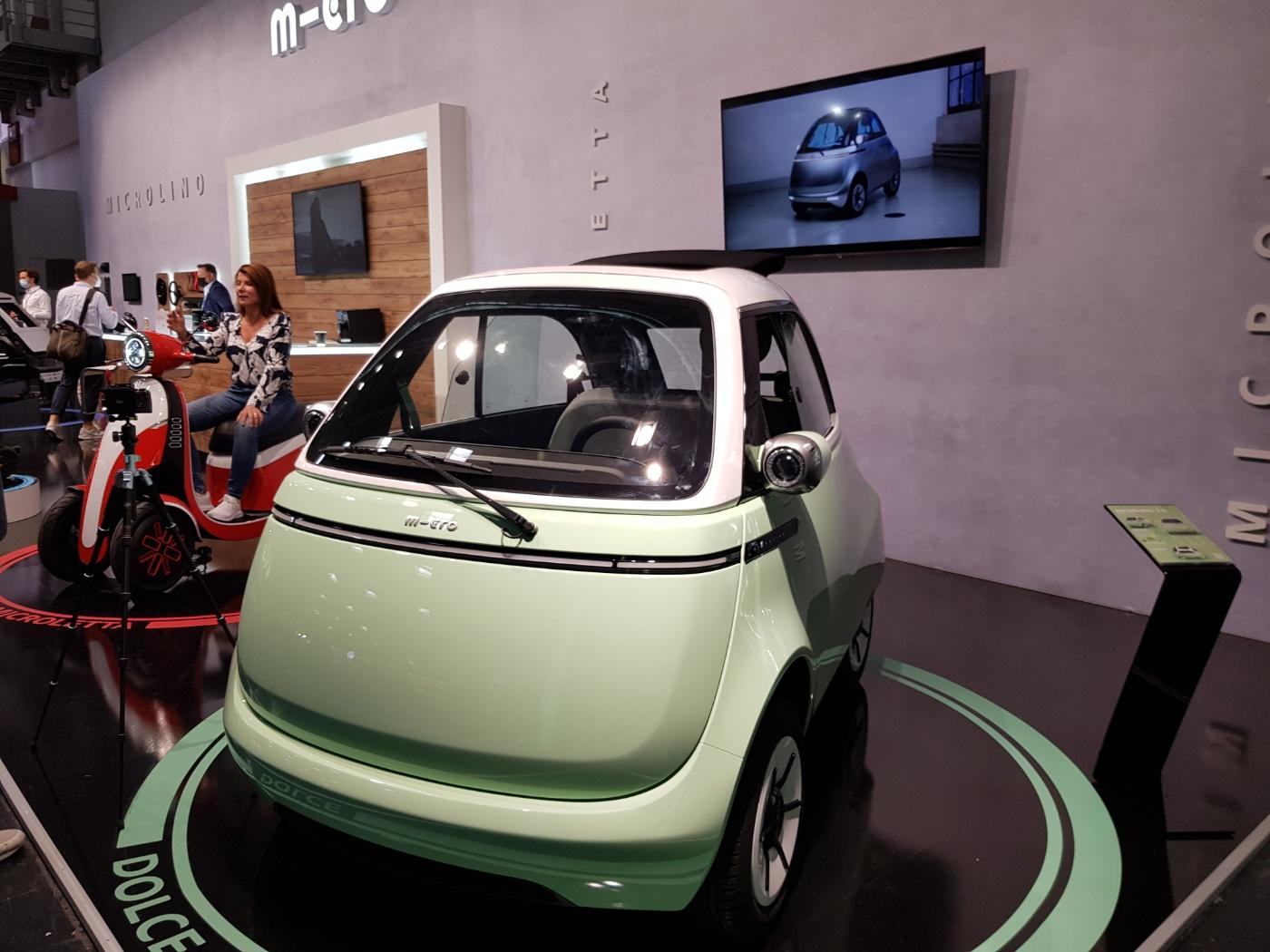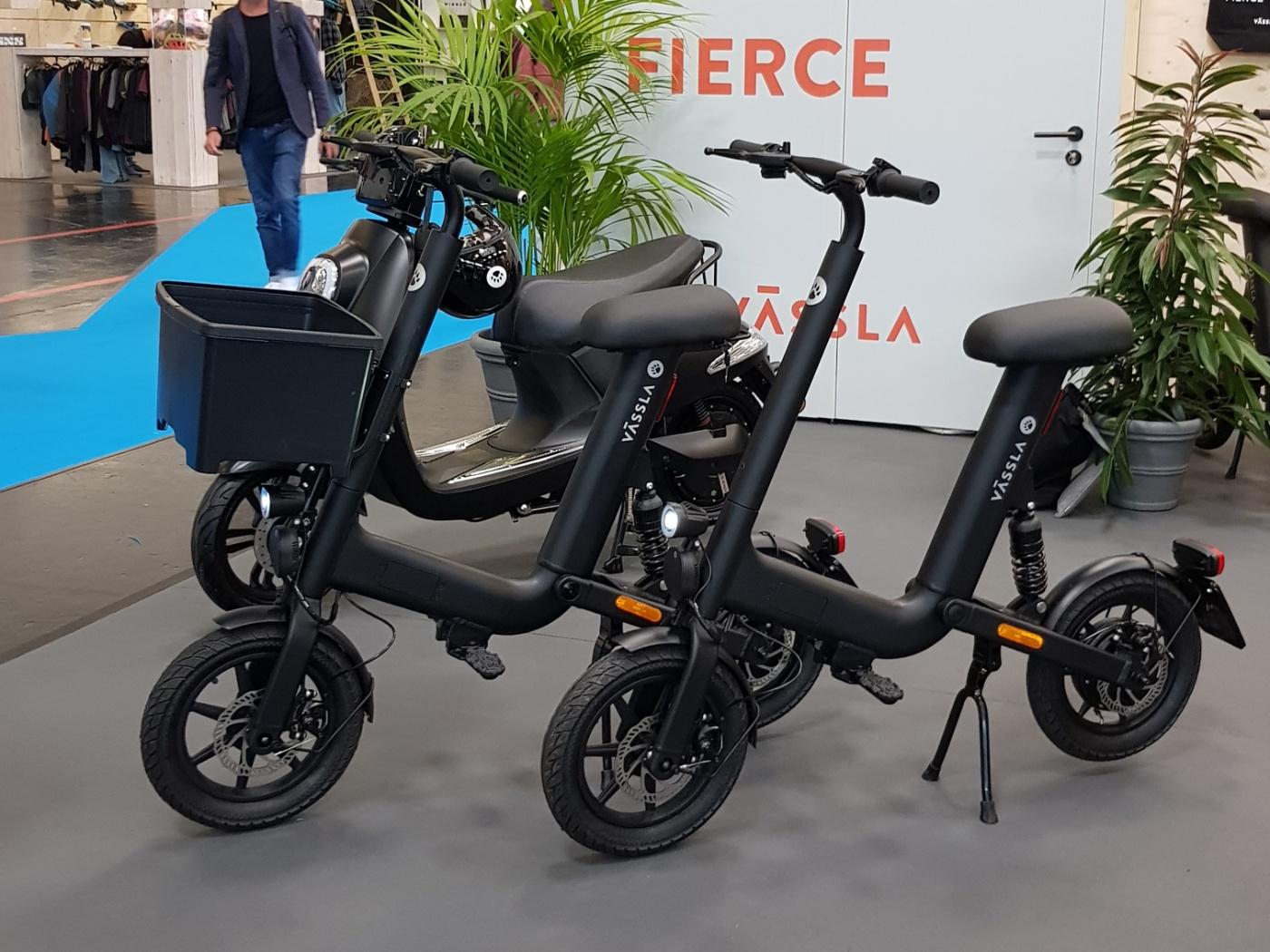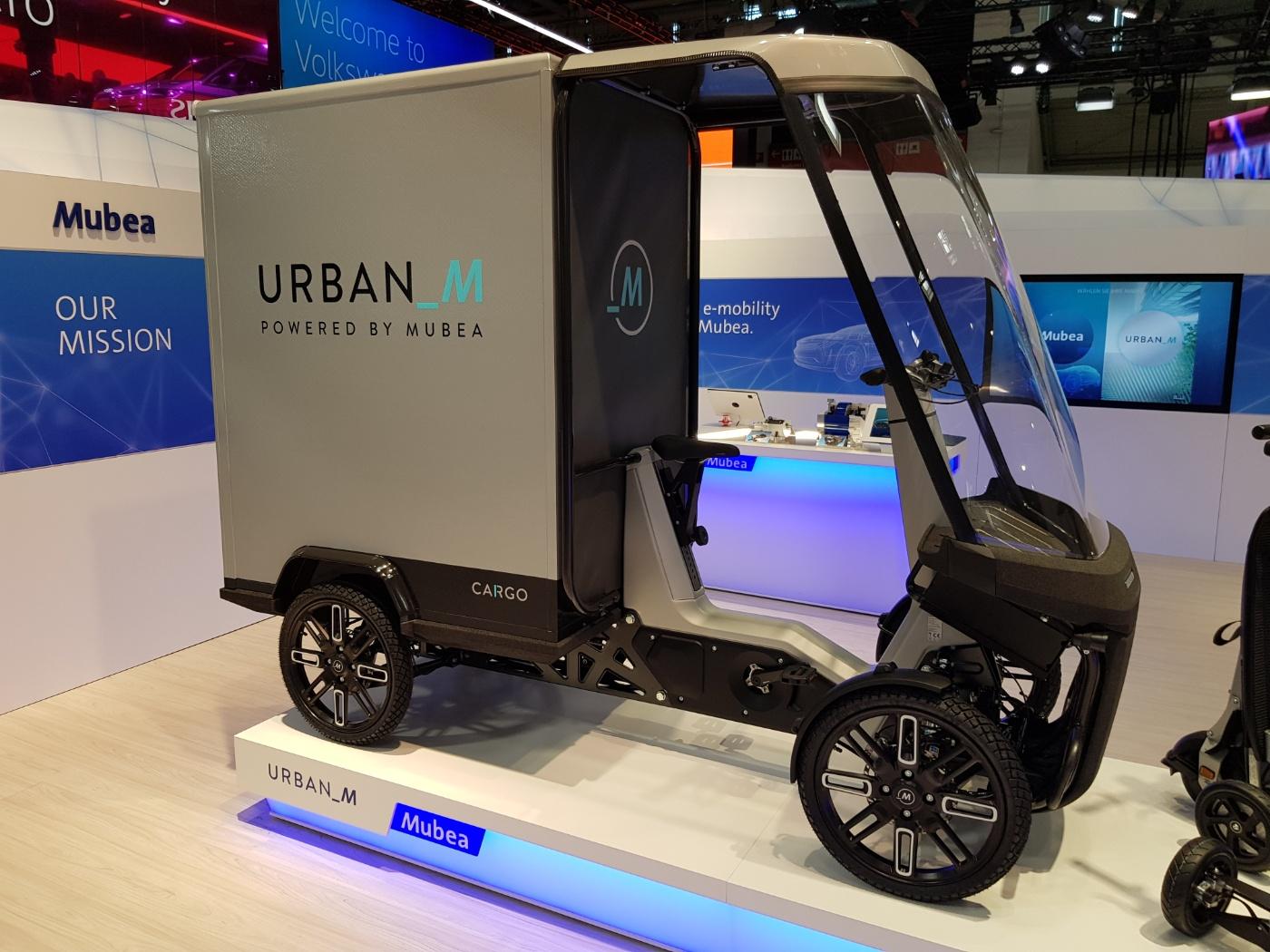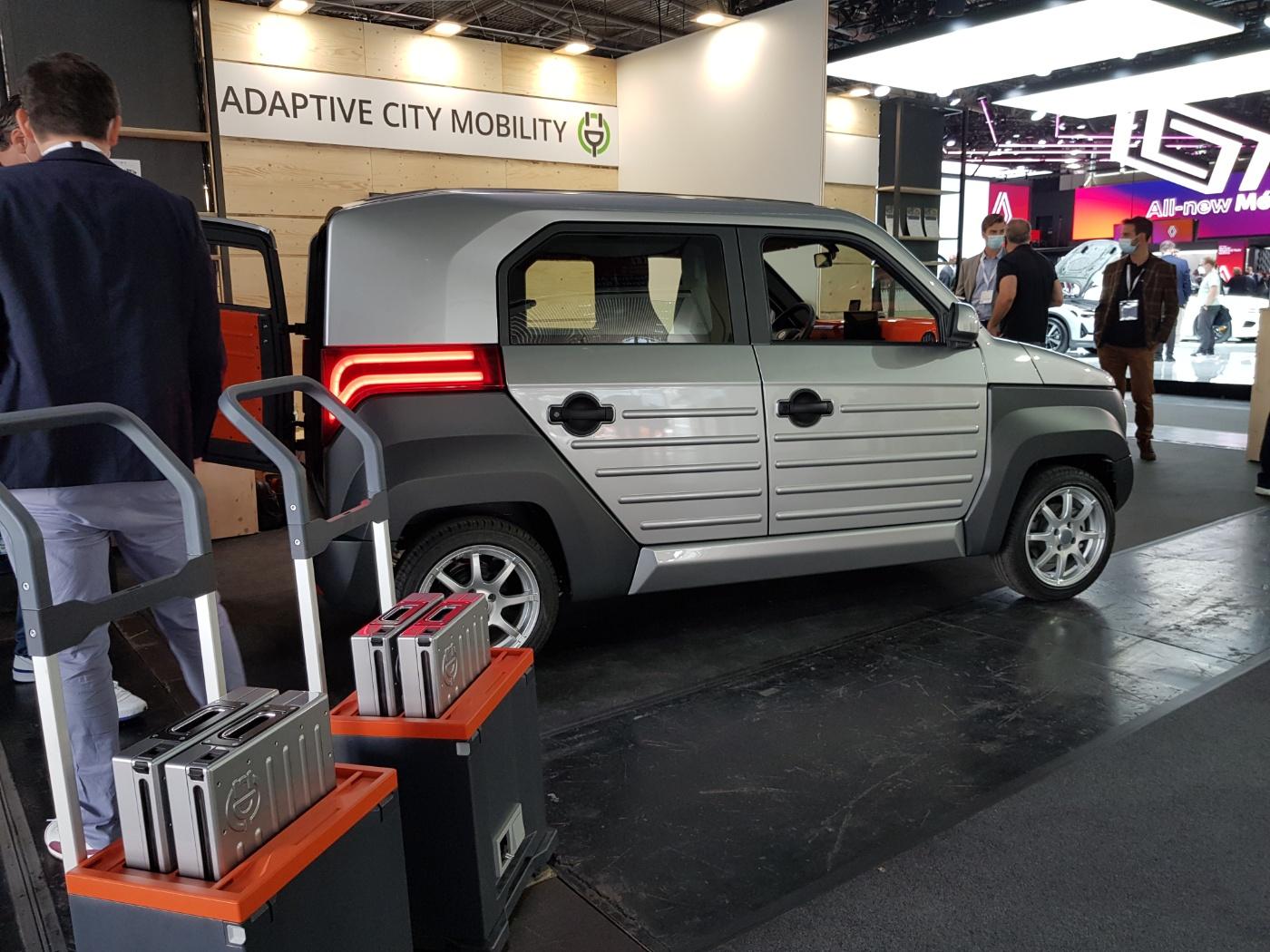
News
Micromobility Trends
Where is mobility heading? After years of the trend towards "ever bigger, ever stronger, faster", deadlocked fronts between car and cyclist ends - the often neglected public transport, a change of direction is clearly visible: towards smaller vehicles and more micromobility in cities.
On the road, e-bikes, e-scooters and cargo bikes are conquering urban space. Car lanes are being reallocated, 30 km/h speed limits are being imposed more and more often, and the 9-euro monthly ticket in Germany is now omnipresent. Even in studies, on expert panels and at trade fairs such as the IAA MOBILITY, the Micromobility Expo or the Eurobike, the changes have long since ceased to be talked about as a future scenario. Among experts, it has long since ceased to be a question of whether changes are necessary, but rather of concrete strategies, quickly implementable approaches to solutions and the concrete question of what the contours of a new, sustainable mobility age might look like and how people can be involved and carried along on this path.

An expert report on the "Perspectives for Urban Transport of the Future" by the Scientific Advisory Board to the Federal Minister of Transport and Digital Infrastructure from 2021 states very clearly: "If cities (...) with less car traffic, less road space and more quality of stay are considered desirable, then we need a transport policy that implements restrictive measures in motor vehicle traffic." If that is not politically feasible, the scientists say, then the aim must be to handle (car) traffic in a way that is as compatible with the city as possible. "This can be achieved through small, electrically powered vehicles and lower speeds." However, smaller vehicles alone will not be enough. The scientists see the expansion of public transport, supplemented by bicycles, e-bikes, new vehicle categories, sharing offers, mobility hubs, the adaptation of legal rules and many other measures as the backbone of mobility.
At the start: Micromobility 2.0
Every new technology and every idea takes time, from the first series models to the mature and generally accepted product. This was the case in mobility with the development of the bicycle, with the first passenger cars on the roads, with electric cars, e-bikes, cargo bikes and e-scooters. There is one important difference, however: Today, both the development cycles and the time-to-market are many times shorter. Much of what makes up the new mobility solutions has long been available in other areas and can be adopted in a modified form. Some examples: comparatively inexpensive, high-performance batteries, location detection and route guidance accurate to the centimeter, a variety of built-in sensors and IoT networking, data and billing integration of a wide range of mobility providers in one app, new production processes and much more. Some of these are enablers, i.e. technologies that make new mobility possible in the first place. Others provide more safety, solve problems or bring the necessary convenience and thus increase the attractiveness and ensure broad acceptance. It is not only well-known companies that are investing in new technologies and products in the field of micromobility, but increasingly also start-ups, automotive suppliers and technology groups. Major players, such as Google, for example, are pursuing the goal of linking a wide variety of offers from the Mobility as a Service (MaaS) sector and public transport into a holistic overall system.

Practical examples: Sharing e-scooters of the latest generation, for example, not only have significantly improved driving stability and high durability, they also offer a number of sensors and features that enable the operator, for example, to detect defects or driving on the pavement, to automatically reduce the speed in predefined areas and to determine, with the help of AI, whether the vehicle is parked properly. Something similar can also be applied to other vehicles - although in Germany, unlike its European neighbours, the legislator has not yet allowed automatic speed reduction. Today, motor-assisted bicycles are also in a completely different league visually and technically than they were just a few years ago. Mountain bikes, fast e-bikes in the 45 km/h class and cargo bikes for private and commercial use have become enormously more attractive. Companies from the automotive sector, such as Bosch, Brose, Mahle, Mubea, Pon or, more recently, Porsche, are driving innovations with power and the prospect of good business, brand visibility and synergy effects.
What has proven itself in the automotive industry can now also be found in the bicycle industry: for example, high-performance ABS systems, automatic rollback protection, ultra-light drives, vehicles and service concepts specially tailored to the needs of business users, as well as flexibly scalable production lines. Meanwhile, vehicles for delivery services and logistics solutions for the last miles are also highly professional. Pre-assembled containers can be coupled to heavy-cargo bikes or entire pallets are taken onto the loading platform. According to industry estimates, together with suitable mobility hubs, up to 30 percent of truck delivery traffic in cities could be replaced by modern cargo bikes in the future.
Micromobility is often underestimated
In order to estimate the potential for micromobility, including all single- and double-track vehicles and microcars, which are not yet widespread in this country, it helps to take a macro perspective and include current and future framework conditions as well as emerging developments.
Experts, such as Horace Dediu, repeatedly calculate how emissions, but also the consumption of energy, important raw materials and ultimately also the space required would develop if the development in traffic and in the automobile market continues as it is. If you look at the fact that in many countries and continents ‘automotiveisation’ is still in its early stages and if you also take into account the effort required for the electrification of the worldwide passenger car fleets, you would very quickly come to the conclusion that "business as usual" is neither desirable nor seriously feasible.

So how can the basic need for affordable, available and at the same time environmentally friendly mobility be satisfied for the great mass of people?
According to many experts, the solution lies in a rethink, towards significantly fewer private vehicles and more public transport, more Mobility as a Service including ridesharing, ridehailing, etc., more intermodality and, above all, a significantly higher proportion of vehicles designed for low speeds and comparatively short distances. Emission rules based on the bonus/malus principle are already ensuring a career for micro cars in China, for example, such as the Wuling Hongguan Mini EV, which clearly leads the sales statistics for electric cars here.

Another important factor is that companies worldwide are increasingly aligning themselves with environmental, social and governance (ESG) criteria.
According to the management consultancy KPMG, this process represents "perhaps the greatest megatrend of our time and a fundamental transformation of the economy". In the course of the political reorientation forced by institutions such as the United Nations and the EU, companies are also putting the mobility of their employees to the test. Other factors, such as climate change, which is also clearly visible and noticeable in Europe, sharply rising energy prices and the strategy of major car brands such as Mercedes or Audi to concentrate on high-margin luxury models and phase out low-cost compact models, are also likely to lead to changes. The question that this implicitly raises is whether electrically powered small or mid-size cars without government subsidies will be suitable as mass models for the comparatively small purse in the next few years. One can be curious. Micromobility alternatives are definitely on the horizon.